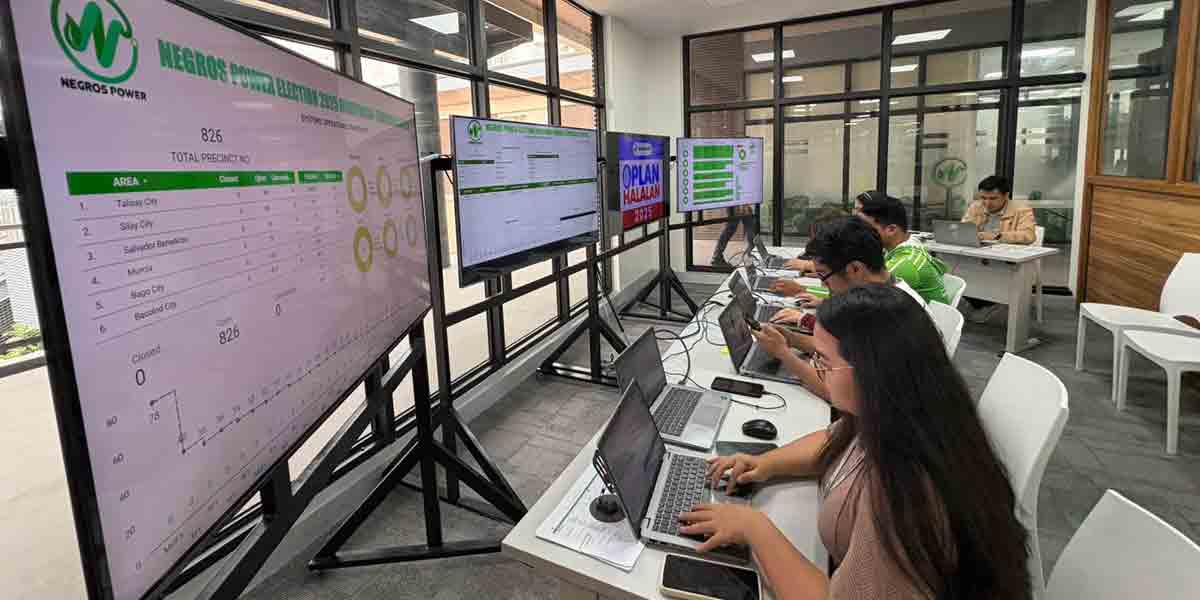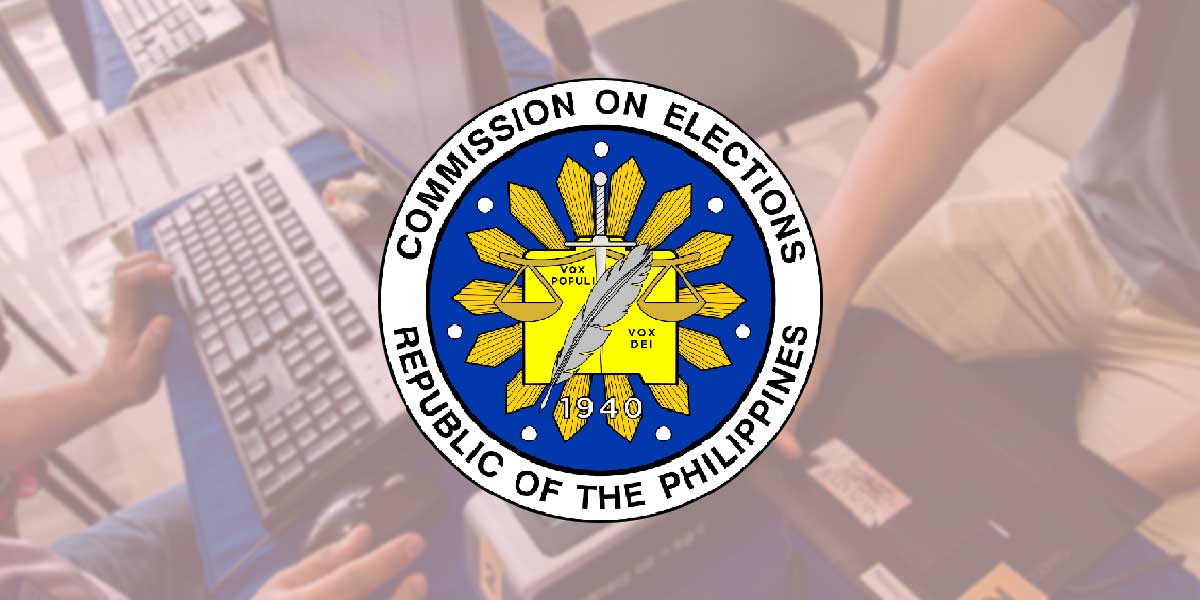 By: Alex P. Vidal
By: Alex P. Vidal
“When you do something best in life, you don’t really want to give that up and for me it’s tennis.” – Roger Federer
I’M lucky to live four train stations away from the Flushing Meadows in Corona Park, Queens where the US Open is held each year from August 26 to September 8.
I can watch the matches if I am vacant.
The actual matches are actually held on outdoor hard courts at the USTA Billie Jean King National Tennis Center.
I can reach the place either by taking a state-run Metropolitan Transportation Authority (MTA) 7 Train for $2.75, or by walking from the Elmhurst neighborhood for about 20 minutes.
But I’m not so lucky when I take the 7 Train in an elevated railway going to Flushing, a large commercial and retail area and the fourth largest central business district in New York City.
I’m always on standing position.
I can never take a seat until the train arrives in Mets/Willets Point Station, where the bulk of the passengers disembark for a short walk toward the iconic tennis stadium.
Ditto when I report for work on the opposite side going to the boroughs of Manhattan and Brooklyn.
-o0o-
Many fans billeted in midtown Manhattan hotels reach the stadium either by taking the 7 Train from subway stations in the Times Square and Grand Central, or the Long Island Rail Road (LIRR) from the Penn Station.
Even while standing, the train is so full I can easily bump with my body a fellow passenger or vice versa when the train suddenly stops.
All seats in the 11-car New York City Subway train are always occupied mostly by US Open staff and tennis fans who come from different states and countries.
The US Open, a hardcourt tennis tournament, is perhaps one of the biggest sports attractions in the entire United States of America.
Now on its 139th edition, the 2019 US Open is an event run by the International Tennis Federation (ITF) and is part of the 2019 ATP Tour and the 2019 WTA Tour calendars under the Grand Slam category.
The tournament consists of both men’s and women’s singles and doubles draws as well as a mixed doubles event.
There are also singles and doubles events for both boys and girls (players under 18), which are part of the Grade A category of tournaments. Additionally, there are singles and doubles wheelchair tennis events for men, women and quads.
-o0o-
Prize money at the US Open’s grandest Slam is even greater as this year’s edition offers record total player compensation, surpassing the $57 million mark for the first time in the tournament’s history.
Both the men’s and women’s singles champions will receive a record payday of $3,850,000, while the men’s and women’s champion doubles teams will each receive $740,000–both totals also representing not just the richest in US Open history, but also in the history of Grand Slam tournaments.
That record total is reportedly an eight percent increase over 2018 total compensation, with payouts for each round of the 2019 US Open being the highest in the history of the sport’s four majors.
Importantly, significant increases in prize money for the early rounds have been realized in recent years, with main-draw prize money for the US Open’s first round increasing 47 percent over just the last four years. Players who lose in the second round of the 2019 US Open will each receive $100,000–which was the total amount of player compensation at the very first US Open in 1968.
(The author, who is now based in New York City, used to be the editor of two local dailies in Iloilo)





















